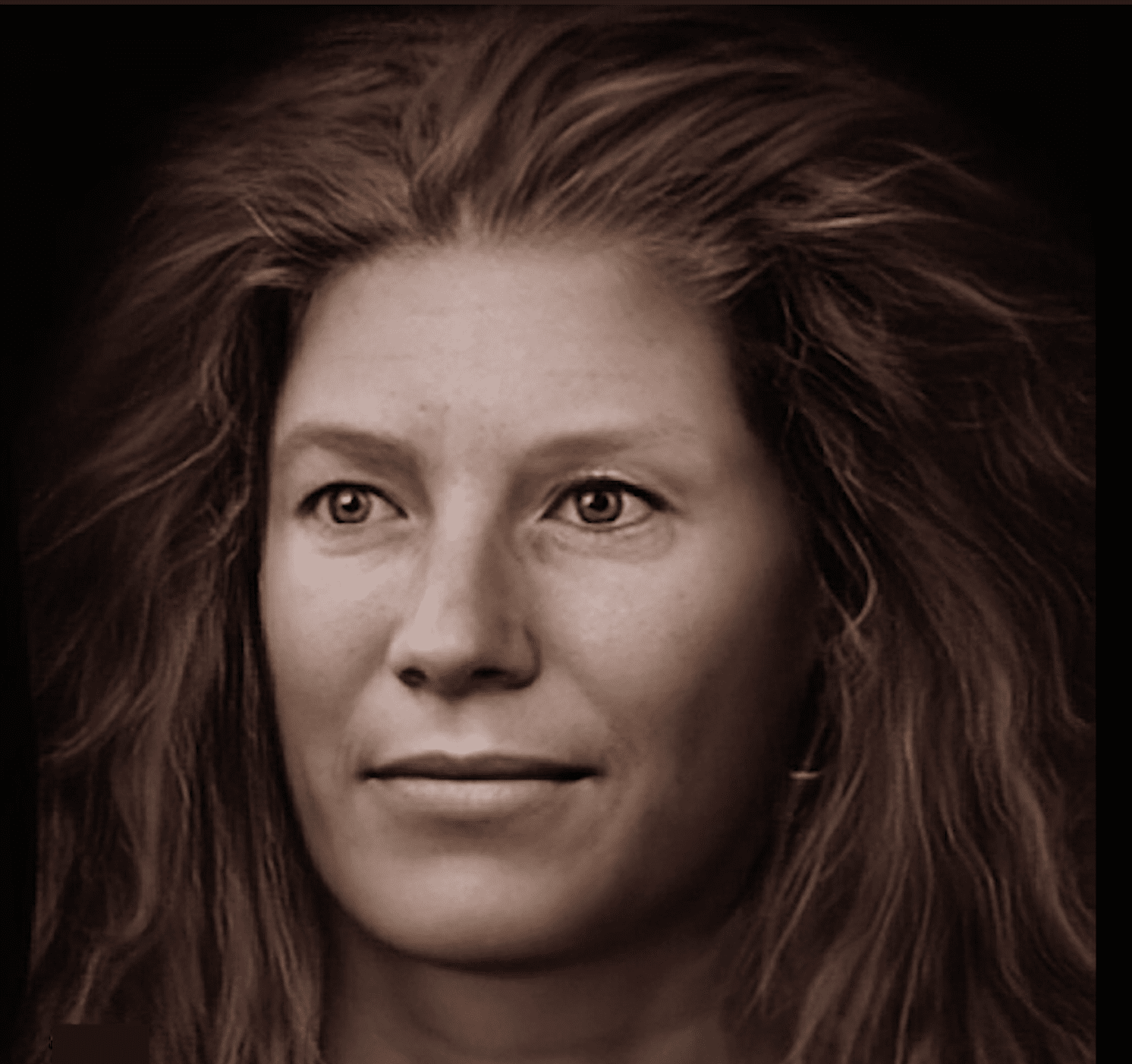
Ancient faces brought back to life at Perth Museum
Dramatic facial reconstructions of people who lived up to 4,000 years ago will go on display in Perth, thanks to advanced DNA techniques.
Cutting-edge technology was used to bring our ancient ancestors back to life and visitors to Scotland’s new Perth Museum will come face to face with four individuals from the past.
It comes after scientists at Aberdeen University analysed human remains in the museum’s collection, using the latest advances in ancient DNA and reconstruction forensics.
They included a woman from the Bronze Age who was discovered during ploughing at Lochlands farm, Perthshire, when a tractor broke into a burial chamber in 1962. She was about five foot tall and is thought to have been in her thirties or forties when she died. Analysis revealed there were races of osteo-arthritis in her spine.
An examination of a skull belonging to a man who discovered in a car park at Horsecross in Perth in the early 2000s, revealed he was likely murdered. Scientists say he lived around 1185-1290 AD but two depressions in the skull are understood to be from blows to the head.
There are two blunt force penetrating injuries to two ribs as well as multiple rib fractures that all occurred around the time of his death. The location of the injuries and the way the ribs were fractured indicates substantial force was exerted to his chest. Scientists said he was likely involved in a violent confrontation, leading to his death.
‘It’s always an immense privilege to work with the physical remains of our past and collaborate with other colleagues to recover some of the stories those remains can tell us about past lives and ways of living,’ said museum curator Mark Hall.
‘I hope visitors will be excited to engage with the digital facial reconstructions, of which there will be more to discover in the new Museum. I have come to think of these faces as avatars from the past, here to guide us through some of its realities.’
TAGS

